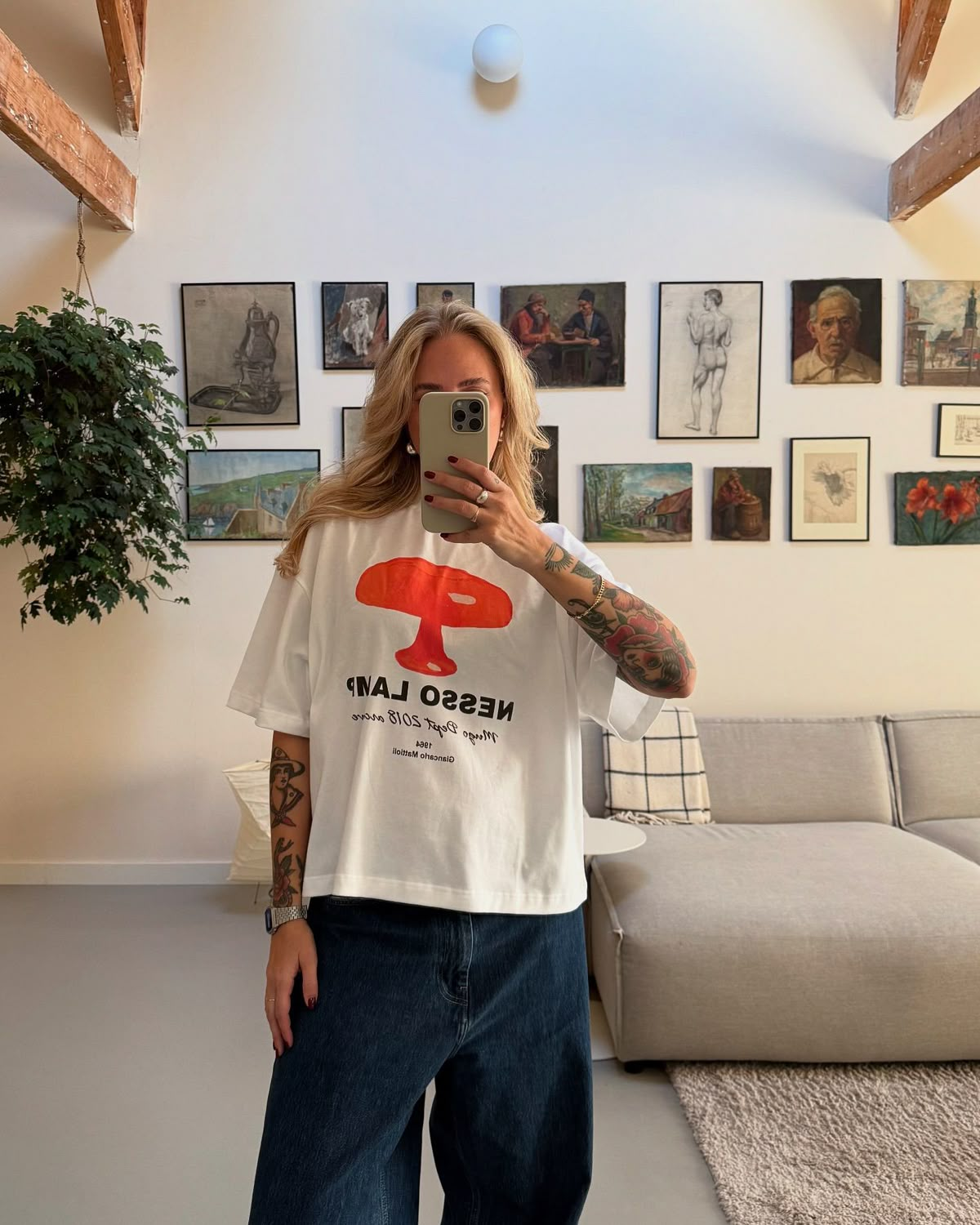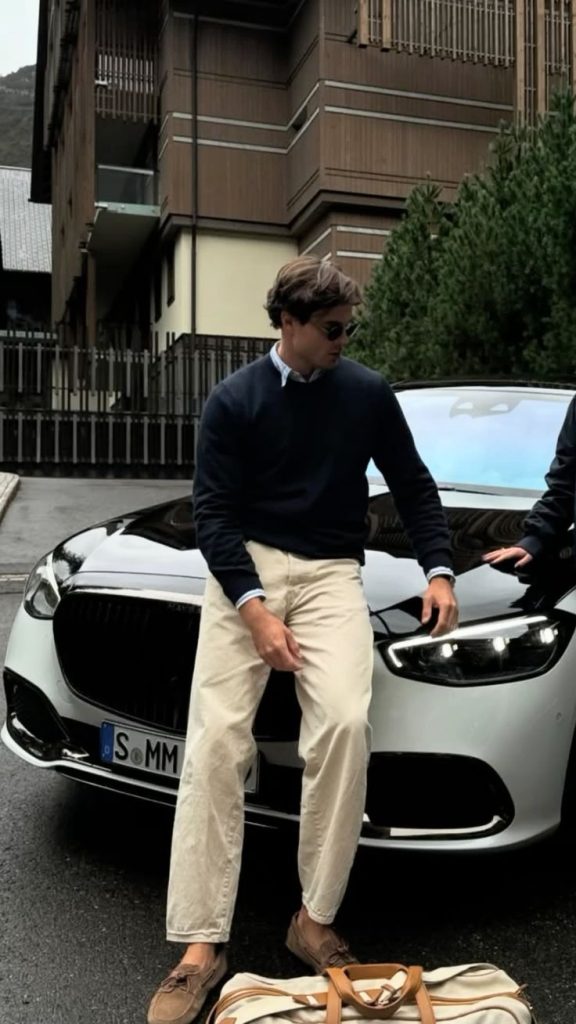Fashion has always been a rhythm, a constant flow of change that mirrors the pulse of society. Each season unveils new patterns, silhouettes, and attitudes, reflecting the cultural beats of the moment. As the world accelerates through innovation and connectivity, fashion is no longer following the same tempo it once did. Instead, it has entered a new frequency—one where tradition, technology, sustainability, and individuality blend to create a future unlike any chapter before.
This new frequency is not simply about faster trends or louder statements. It is about listening to the vibrations of tomorrow and interpreting them through clothing that speaks to both heart and mind. The garments of the future are designed not just to be worn but to be felt, experienced, and remembered.
The Shifting Tempo of StyleFashion’s pace has always been quick, but the twenty-first century introduced unprecedented acceleration. What once took months to appear on the runway now materializes overnight through digital platforms. Social media acts as both stage and amplifier, allowing trends to rise and fall within weeks. Yet amid this velocity, there is a countercurrent—a growing desire for depth, reflection, and connection.
The shifting tempo is not about choosing between speed and slowness. Instead, it is about harmony. Modern fashion embraces cycles where instant expression and long-lasting meaning coexist. A viral streetwear drop can spark global excitement, while an artisan-made coat sustains value for decades. Together, they form the new rhythm of style.
Technology as the Conductor of TomorrowTechnology orchestrates fashion’s new frequency with precision. Digital design tools allow garments to be prototyped virtually before a single thread is cut. Artificial intelligence predicts consumer desires, while blockchain guarantees authenticity in luxury markets. Augmented reality lets shoppers try on outfits in seconds, merging imagination with reality.
The role of technology is not to overshadow creativity but to amplify it. A dress coded with smart textiles can change color based on mood. A jacket embedded with sensors adapts to climate shifts. These are not science fiction—they are signals of fashion’s tomorrow, where garments resonate with the rhythm of life itself.
Sustainability as the Bassline of the FutureEvery frequency requires a foundation, and sustainability is the bassline of future fashion. With environmental challenges pressing harder than ever, the industry is rethinking its structures. Circular design, biodegradable fabrics, and renewable energy in production are no longer optional—they are essential.
Sustainability in this new rhythm is not austere or restrictive. It is inventive, colorful, and liberating. Designers are finding beauty in recycled fibers, elegance in plant-based leathers, and innovation in regenerative agriculture. By aligning with ecological awareness, fashion ensures its music does not fade but continues for generations.
Individuality in the Age of Collective FrequenciesFashion has always celebrated individuality, but the new frequency magnifies this celebration. Algorithms may predict patterns, yet personal identity still thrives at the center of style. From custom digital garments to limited handmade editions, individuality becomes a statement of presence in a connected world.
Interestingly, individuality now coexists with collective consciousness. Communities form around shared aesthetics, whether in online fashion tribes or local maker groups. The new frequency proves that personal expression and collective identity can harmonize without canceling each other out.
Global Influences as Expanding NotesIn fashion’s future rhythm, no culture is isolated. Designers in Tokyo might collaborate with artisans in Mexico. Fabrics inspired by African weaving can merge with Scandinavian minimalism. Global connectivity turns local traditions into universal notes that enrich the song of fashion.
The challenge lies in respect. Borrowing must not become erasure. True collaboration listens to the roots of tradition, celebrates authenticity, and transforms it into a shared global dialogue. When done with integrity, global influences expand the frequency of fashion into symphonies that transcend borders.
ConclusionFashion’s new frequency is more than a trend—it is a transformation of how the world perceives, creates, and consumes style. It tunes into tomorrow by balancing speed with reflection, innovation with memory, and individuality with collective spirit. Technology amplifies possibilities, sustainability grounds the industry in responsibility, and cultural exchange composes a richer harmony for all.
As we tune into this frequency, fashion becomes more than clothing. It becomes a living rhythm, one that carries us forward while honoring where we have come from. In this melody of progress and preservation, fashion does not just follow the beat of time—it becomes the music of tomorrow.



